Do you have a question about the Fujitsu Primergy RX300 S4 and is the answer not in the manual?
Details the high reliability, high-speed processing, and compact design features of the server.
Details the ServerStart setup tool and other high reliability software provided with the server.
Explains the names and functions of the server's front, rear, and internal components.
Covers standard operations like powering on/off and handling CD/DVD media.
Outlines the workflow for server installation from preparation to starting operations.
Covers installing options, connecting FDD, and BIOS hardware settings for OS installation.
Covers supported OSes and explains Quick and Expert installation modes of ServerStart.
Provides notes on partition size, RAID configuration, and cautions for using ServerStart.
Details the OS installation process using minimum required settings for speed and ease.
Explains using Disk Manager for partition formatting and manual OS installation for advanced users.
Covers setting up supplied applications like high reliability tools during OS installation.
Describes the final steps to start the OS installation, including saving settings and prompts.
Explains configuring memory dump and paging file settings for system diagnostics and performance.
Details creating backup data for system recovery using Windows Server 2008 and 2003 backup functions.
Explains how to store BIOS and Remote Management Controller information for system recovery.
Covers creating Server Management Tools and driver disks using the FloppyBuilder function.
Provides notes on auto-run functions, drive letter assignments, and UPS configurations.
Details the installation and configuration of Broadcom Advanced Control Suite (BACS) for LAN settings.
Explains the installation and configuration of Intel® PROSet for LAN driver advanced setup.
Describes configuration, initialization, and monitoring of hard disk arrays using the RAID Management Tool.
Explains ServerView for monitoring server hardware status, detecting errors, and preventing failures.
Details HRM/server for quick and proper maintenance operations to ensure server stability.
Introduces DSNAP for acquiring failure investigation information and server environment data.
Covers types of internal options, safety precautions, and general guidelines before installation.
Provides instructions on how to remove and attach the server's top cover and fan duct.
Details the installation process for CPUs, including locations, supported models, and handling precautions.
Explains how to install memory modules, including locations, types, and redundant functions.
Covers types of expansion cards, installation locations, and notes for installing PCI cards.
Provides instructions on installing internal hard disk units, including locations and replacement procedures.
Details the installation of an internal backup device, including location and removal procedures.
Explains the installation and replacement of power supply units for redundant power features.
Explains the location and settings of the switch block on the server's baseboard for configuration.
Covers starting, exiting, and key operations within the BIOS Setup Utility for system configuration.
Details peripheral device and PCI device options configured within the BIOS Advanced Menu.
Explains checking server condition via LEDs and ServerView, and performing periodic cleaning.
Provides resolutions for hardware problems, error messages, and software issues encountered during operation.
Explains how to refer to and operate system event logs using ServerView S2 and BIOS Setup Utility.
Covers hardware security, password protection, and secure server disposal procedures.
Highlights the importance of backups and discusses backup devices, software, and media management.
Details system restoration procedures using backup data for Windows Server 2008 and 2003.
Explains the procedure for reinstalling the OS, including checks before reinstallation and using ServerStart.
Provides guidance on contacting maintenance support and points to check before service.
Details the server's hardware specifications including CPU, memory, PCI slots, and I/O ports.
Provides specifications for internal options like CPU, memory modules, and memory boards.
Explains how to prepare for and use the remote control function via serial port and BIOS settings.
Details the functions and features of the Remote Management Controller (iRMC2) and its upgrade kit.
Provides notes on recognizing USB floppy disk drives during server startup and OS installation.
Explains procedures for disposing of the server, batteries, and liquid crystal displays.
| Network | Dual Gigabit Ethernet |
|---|---|
| Form Factor | 2U Rackmount |
| Chipset | Intel 5000P |
| Processor | Intel Xeon 5400 series |
| Memory | Up to 64 GB DDR2 |
| Storage | Up to 6 x 3.5-inch SAS/SATA |
| RAID Support | RAID 0, 1, 10 |
| Power Supply | Redundant hot-plug power supplies |
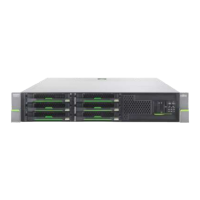
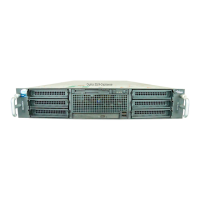
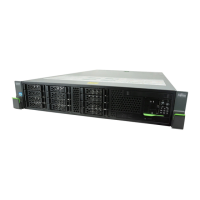
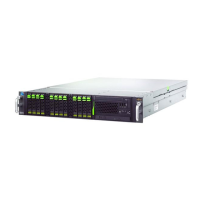
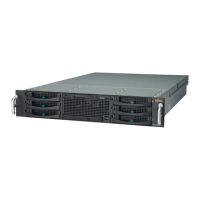
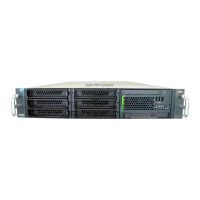
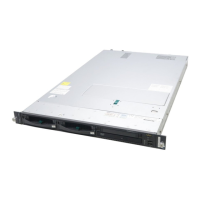
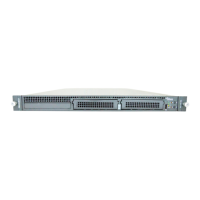



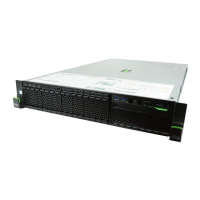
